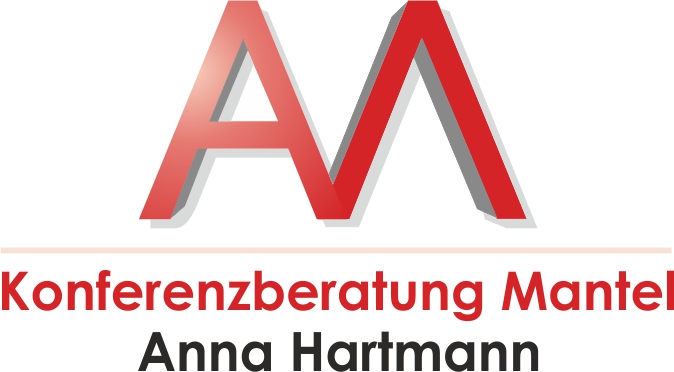
The interpreters’ switchboard is the beating heart of the booth – it would be technically impossible to interpret simultaneously without this piece of equipment.
Today we are working with the Bosch switchboard shown in the photograph above. Both interpreters in our team of two have one of these in front of them. Let me talk you through the different elements:
The most important button is the one in the bottom right – the big oval button labelled “Micro”. When it is my turn to work in the booth, I press this button (my colleague switches off his/her microphone at the same time) and my mike is activated. The button is highlighted in red to indicate that I am “on air”. To the right we see a life-saver: the mute-button. This is to mute the interpreter, in case we need to cough or talk to our colleague. To the left of the Micro button there is another oval button labelled “Floor”. Say, a conference attendee speaks Kisuaheli (which I don’t speak nor understand), I activate one of the relais buttons right below the blue display to listen to the German channel from which I translate into one of my target languages (English and Russian). I use the “Floor” button to return to the conference and to translate from the original.
To the left of the “Floor” button we find the in-built loudspeaker with volume control. During the breaks we keep the loudspeaker on to tune in to what happens in the room without having to wear our headsets. As soon as the conference meeting resumes, we here the first words, quickly put on our earphones and fire away.
The big knob to the loudspeaker is our volume control for the earphones. That is an all-important knob! To the very left two smaller knobs – bass and treble. I hardly ever touch these.
In the upper area the blue illuminated zone where the relais-languages I translate from are displayed to the left (see above), and the languages I work into – German and English is today’s combination. Below the blue display the reader distinguishes the respective button for selecting the passive and active languages.
To the very right of the switchboard there is a range of fancy buttons which are nice to have, but rarely ever activated. Take for instance the button “Slow”. In theory pushing this button should slow down the current speaker. In reality that hardly ever happens, but that is an entirely different story.
As you see, the interpreter deals not only with at least two languages and the special vocabulary required for each and every assignment, but has to handle a relatively complicated equipment as well!

